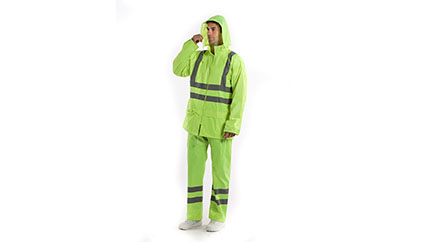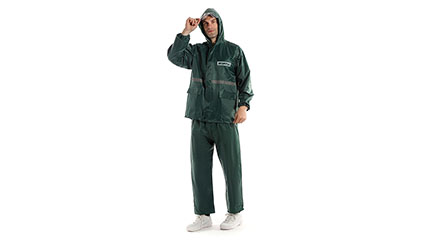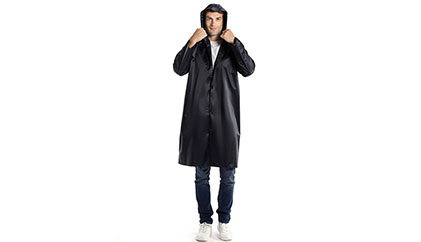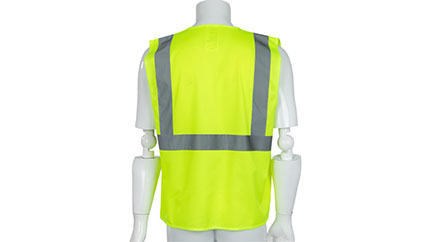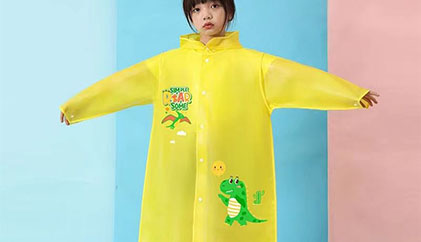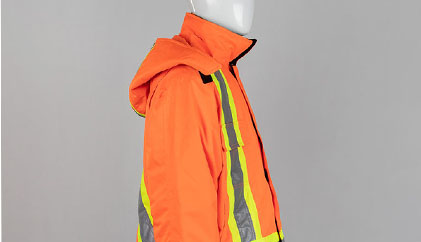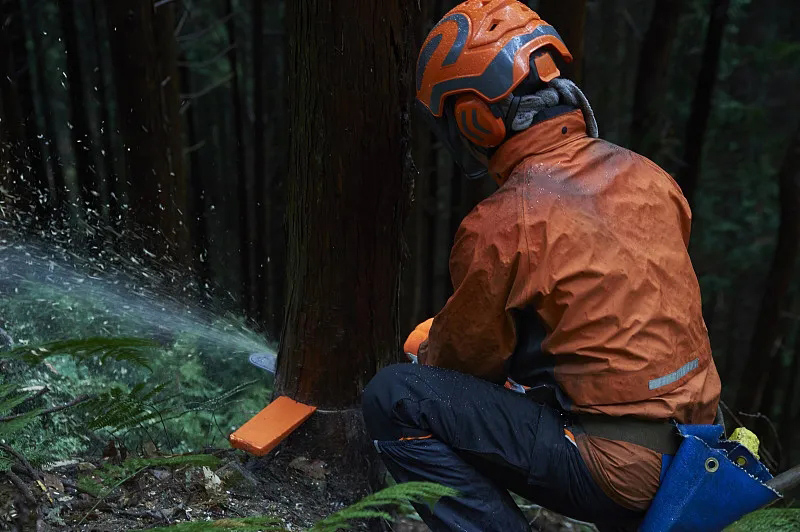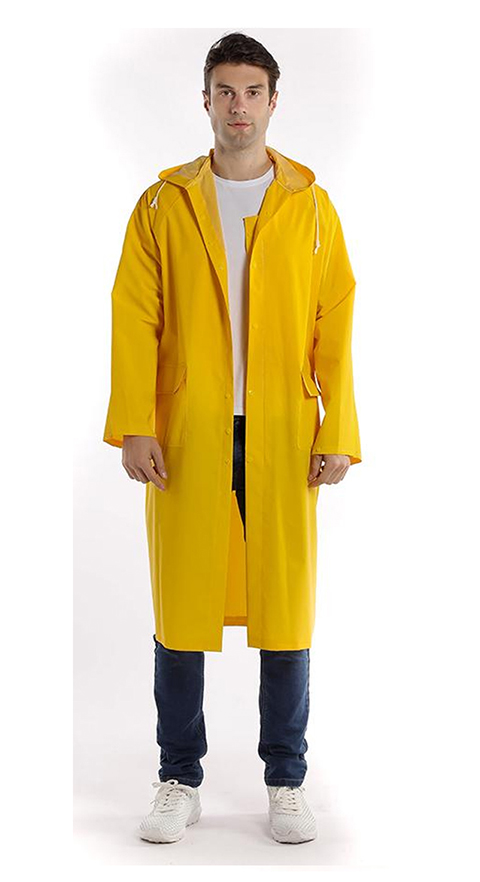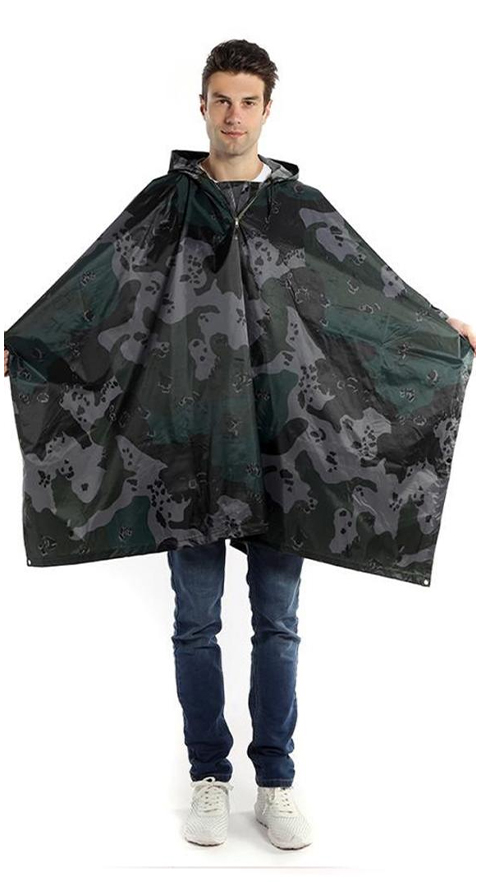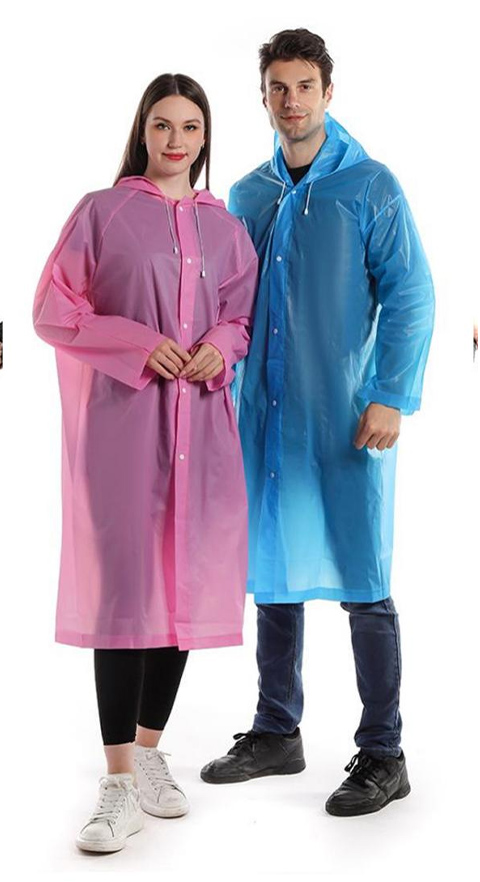Workplace
The Ultimate Rainwear Solution for Outdoor Work Professionals
For construction workers, street cleaners, fishermen, and other professionals who work outdoors, rain is not a minor inconvenience—it’s a workplace hazard. It threatens safety, health, and productivity. Standard rain gear is not enough; these demanding environments require durable, functional, and highly visible protection. This solution outlines the key features and considerations for selecting rainwear that stands up to the rigors of professional outdoor work.
Core Principle: The Trinity of Protection – Durability, Safety, and Functionality
Effective work rainwear must excel in three critical areas:
-
Durability: It must withstand abrasion, sharp objects, and repetitive movement without tearing.
-
Safety: It must keep the worker dry, warm, and highly visible in low-light, rainy conditions.
-
Functionality: It must allow for a full range of motion and provide practical features for the specific job.
Tailored Solutions for Key Professions
1. For Construction & Road Work
The Challenge: High abrasion from materials like concrete and rebar, exposure to sharp edges, and the need for compliance with high-visibility safety standards.
-
The Gear: Hi-Vis PVC or PU-Coated Polyester Rain Suit (Jacket & Bib Trousers).
-
Material: Heavy-duty, coated fabrics offer excellent waterproofing and superior tear resistance compared to standard laminated membranes.
-
Bib Trousers: Essential for preventing water from seeping in at the lower back when bending or lifting.
-
-
Key Features:
-
ANSI/ISO Class 2 or 3 Certification: Certified high-visibility coloring (fluorescent yellow-orange or lime) and reflective tape are mandatory for safety near traffic and machinery.
-
Reinforced Panels: Extra layers of material on the knees, seat, and shoulders for enhanced durability.
-
Storm-Flap Covered Zippers: Prevents water seepage through the main zipper.
-
Rule Pocket & Hammer Loop: Job-specific features for convenience.
-
Vented Back: Helps reduce sweat buildup during physical labor.
-
2. For Street Cleaners & Sanitation Workers
The Challenge: Constant movement, bending, and exposure to a variety of wet and dirty conditions. Gear needs to be easy to clean and highly visible to motorists.
-
The Gear: Lightweight Hi-Vis Rain Suit with a Focus on Mobility.
-
Material: A lighter-weight PU-coated nylon or polyester provides a good balance of waterproofing and flexibility.
-
-
Key Features:
-
Full-Range Motion Design: Articulated elbows and knees, and gusseted underarms for unrestricted movement.
-
Easy-Clean Surface: A smooth fabric that can be easily rinsed off with a hose.
-
Secure, Zippered Pockets: To prevent keys, phones, or tools from falling out during work.
-
Ankle Zippers on Trousers: Allow for easy on/off over work boots.
-
3. For Commercial Fishermen
The Challenge: The most extreme wet-work environment. Workers are exposed to constant saltwater spray, wind, and heavy rain, often for long hours. Hypothermia is a real risk.
-
The Gear: Heavy-Duty PVC Foul-Weather Gear (Bib & Jacket).
-
Material: Industrial-grade PVC is the gold standard. It is 100% waterproof, highly durable, and resistant to saltwater, oil, and chemicals.
-
-
Key Features:
-
Chest-High Bib Trousers: Provide maximum protection from waves and spray, keeping the core torso dry even when waist-deep in water.
-
Waterproof Gusseted Seams: Seams are folded and sealed (or welded) to prevent any leakage.
-
Neoprene Cuffs: Create a tight, water-resistant seal at the wrists and ankles.
-
Integrated Hood with a Wide Brim: Designed to be worn over a wool hat, it shields the face and directs water away.
-
Floatation Capability: Some suits are rated to provide buoyancy, adding a critical layer of safety.
-
Essential Features for All Professional-Grade Rainwear
Regardless of the specific profession, the following features are universally critical:
-
Taped Seams: All stitching must be covered with a waterproof tape on the inside. This is the single most important feature to prevent leaks. Fully taped seams are non-negotiable.
-
Robust Zippers: Large-tooth, self-repairing plastic zippers resist corrosion (from saltwater) better than metal and are less likely to jam.
-
Adjustable Closures: Velcro straps at the wrists, hood, and ankles allow for a custom, secure fit to keep wind and water out.
-
Venting Options: Even in cold weather, physical work causes sweating. Pit zips or venting flaps help regulate temperature and manage moisture.
Conclusion: An Investment in Safety and Productivity
For the outdoor professional, high-performance rainwear is not an expense; it is a direct investment in their well-being and efficiency. By choosing gear that prioritizes durability against job-site hazards, safety through certified high-visibility, and functionality tailored to the task, employers and workers can ensure that the work continues safely and comfortably, regardless of the weather. Staying dry is the first step to staying safe, healthy, and productive on the job.

